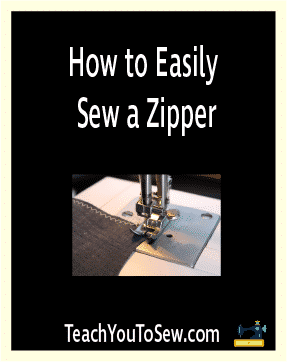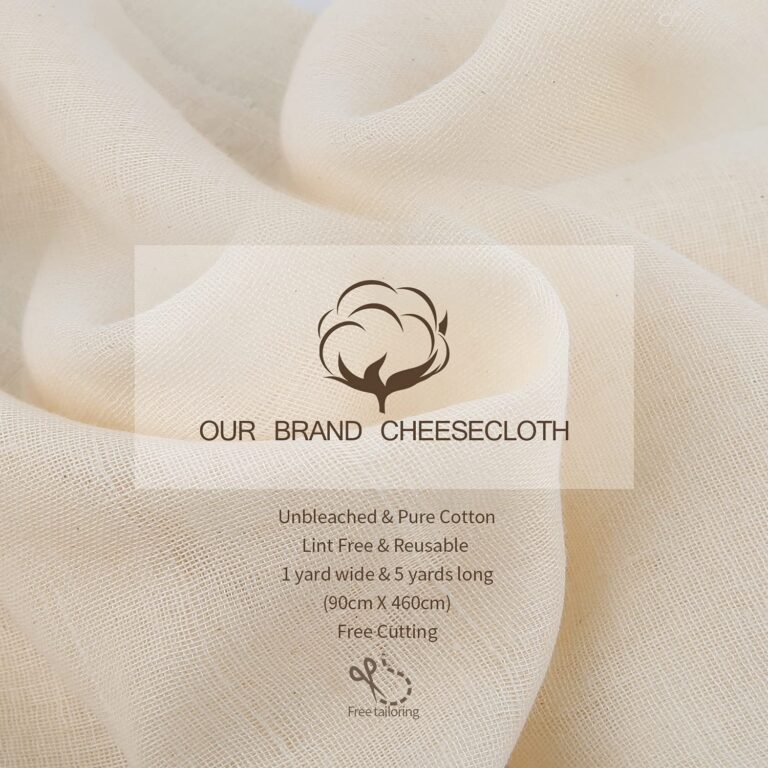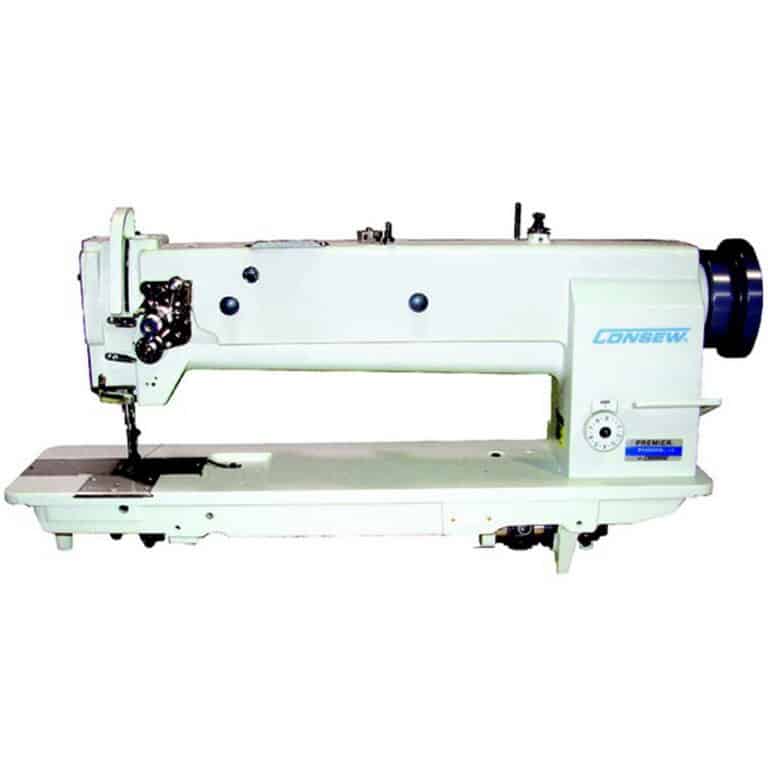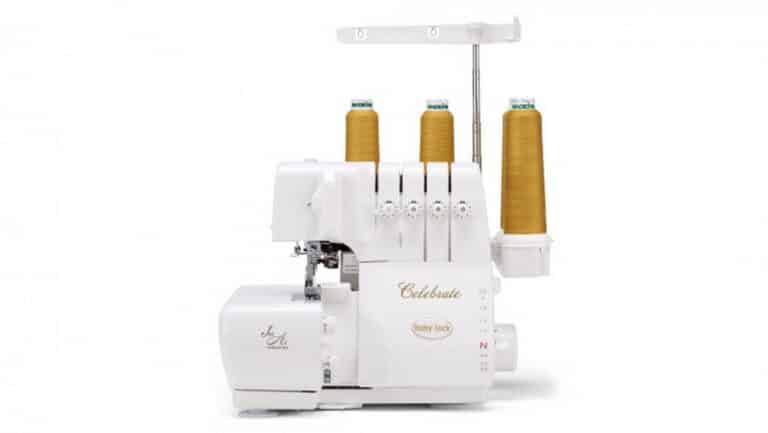Belly Wool Fabric: History, Properties, Uses, Care, Where to Buy
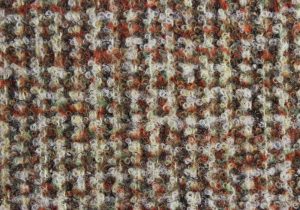
But do you think that all hair and fur obtained are used to create wool? Is all sheep hair that valuable and identical? Look at the hair growing on your head and then compare it to the hair growing on your arms or your facial hair? They won’t be the same!
Belly Wool Fabric is made from the wool extracted from the belly of the sheep, and due to the location of fur, the wool extraction process tends to be complicated and inaccurate. So, wool collected may be uneven and irregular.
Table of Contents
History of Belly Wool Fabric
You may have never heard of Belly Wool Fabric as it is not that popular or known widely. But since the manufacturing of wool, which goes way back in date, Belly Wool Fabric came into existence around that date in textile history’s timeline.
When products of Belly Wool Fabric did not satisfy the customers or imitated the characteristics of wool extracted from shoulders and back parts of the sheep, it was considered as an inferior quality wool Fabric.
Properties of Belly Wool Fabric
Short:
The fibers of Belly Wool are shorter and less desirable than the wool collected from other parts of the sheep’s body. It cannot be woven because of its shortness and cannot be used in the manufacturing of a fabric.
Poor-Quality:
This wool is said to be defective, and the fibers of this wool are stringy. Because of the poor quality of the yarn, neps are formed by this wool. It is also termed as inferior wool.
Burry and Seedy:
Burry refers to the grainy and seedy nature of the wool. As this wool is collected from the stomach region of the sheep, it contains small grains and seeds that are tangled in the wool.
Not Fleece Material:
This belly wool is not used in the making of the fleece, as is kept separate. It is used in the making of low-quality fabrics such as Belly Wool Fabric.
Thick:
The fibers of this fabric are thick and sturdy. They are durable and have high tensile strength. It is not as resilient as wool created from other parts of sheep, but it is stronger than other, commonly used fabrics.
Warm:
This fabric is warm and provides thermal insulation that is a necessity in winters.
Bulky:
Like all other kinds of wools, Belly Wool Fabric is bulky and heavy.
Uses of Belly Wool Fabric
Sweaters:
This fabric is used in making coats, sweaters, and warm jackets.
Stuffing:
The stuffing of cushions, pillows, and cushioned furniture is done with Belly Wool Fabric.
Blankets:
The warm nature of this fabric makes it ideal for the making of blankets and quilts.
Caring for Belly Wool Fabric
Though this fabric is not as superior as the wool fabrics manufactured from high-quality wool, as a wearer of Belly Wool Fabrics, you must take good care of this fabric. Just like wool, treat this as a precious fabric.
Wash it gently either in the machine or by hand. Hang this fabric’s items neatly in your wardrobe. It may not require much ironing as it doesn’t wrinkle that easily. Don’t use any harsh chemicals on this fabric. So, enjoy your Belly Wool Fabric!
Where to buy Belly Wool Fabric
We recommend buying Belly Wool fabric at Fabric.com.


